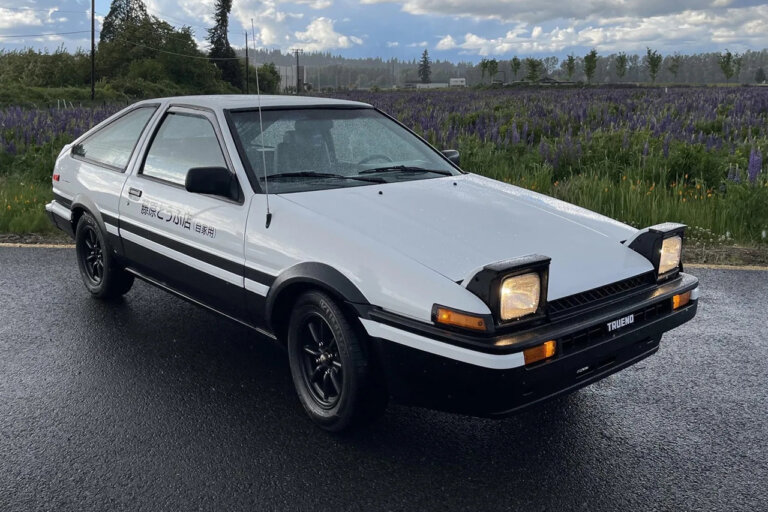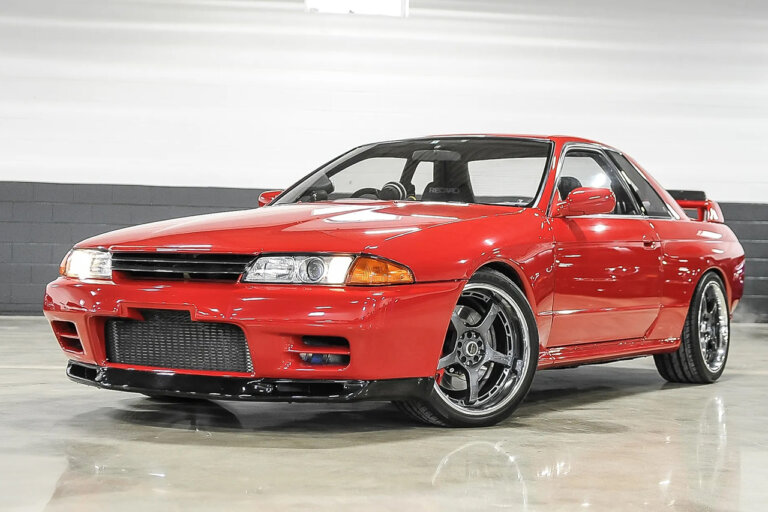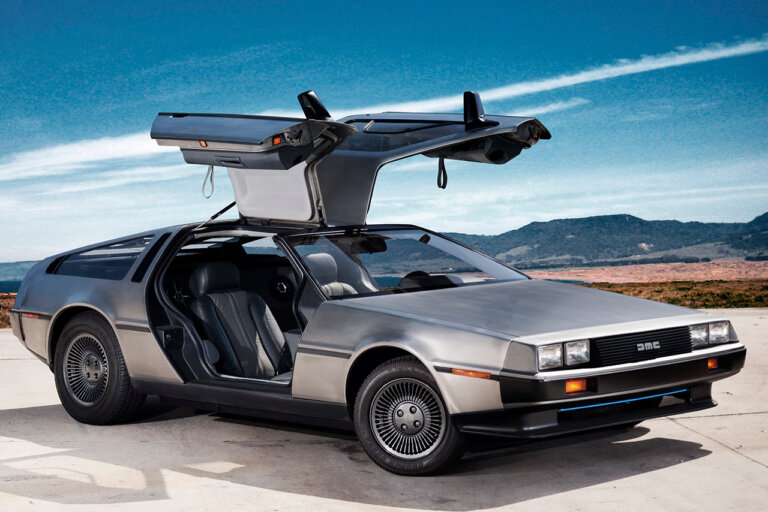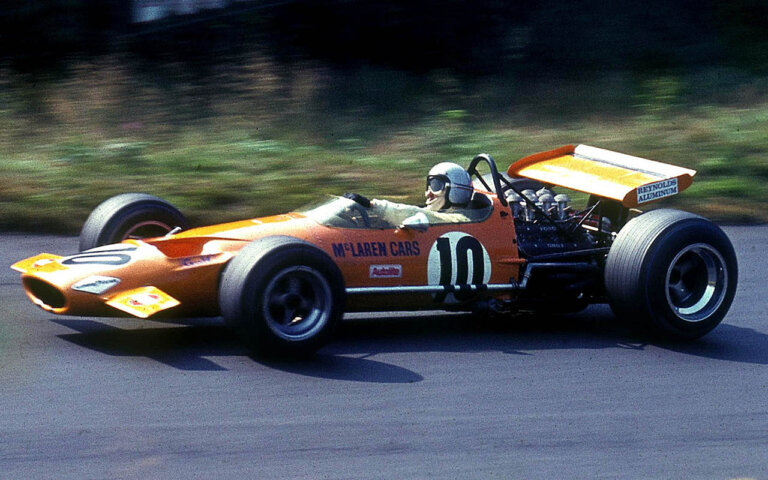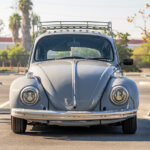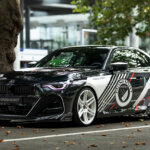Origins and Development
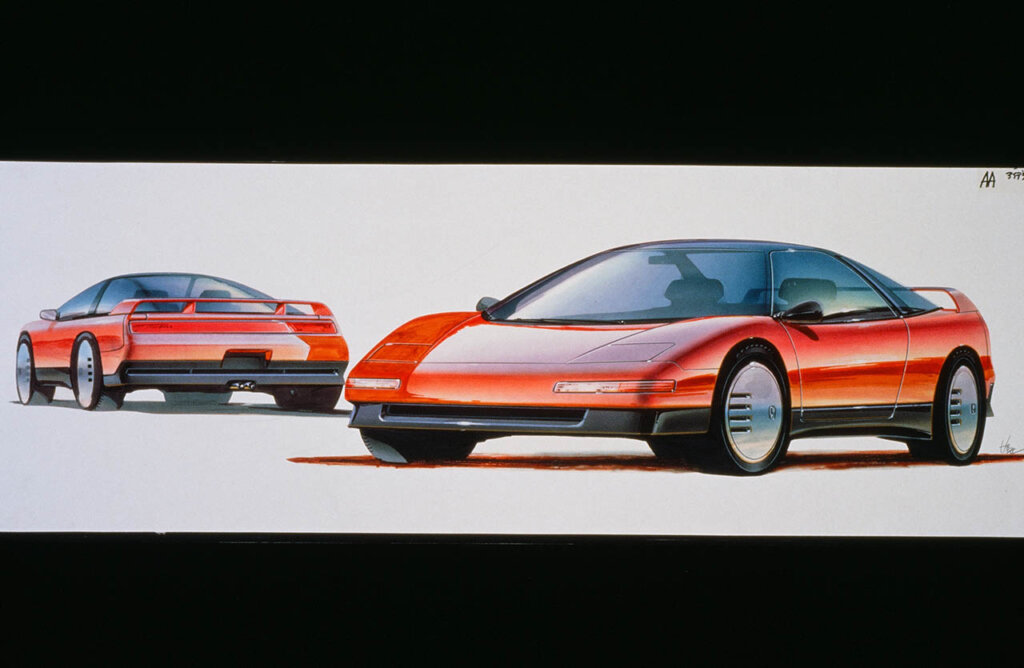
Source: Acura News
The Acura NSX has a fascinating origin story that dates back to 1984 when Honda introduced the HP-X (Honda Pininfarina eXperimental) concept. This mid-engine sports car with a 3.0 L VTEC V6 engine and rear-wheel drive aimed to surpass the performance of high-end Ferrari models while maintaining reliability and affordability. As the concept evolved, it was renamed NS-X, representing “New,” “Sportscar,” and “eXperimental.” Eventually, when the production model was launched, it became known as the NSX.
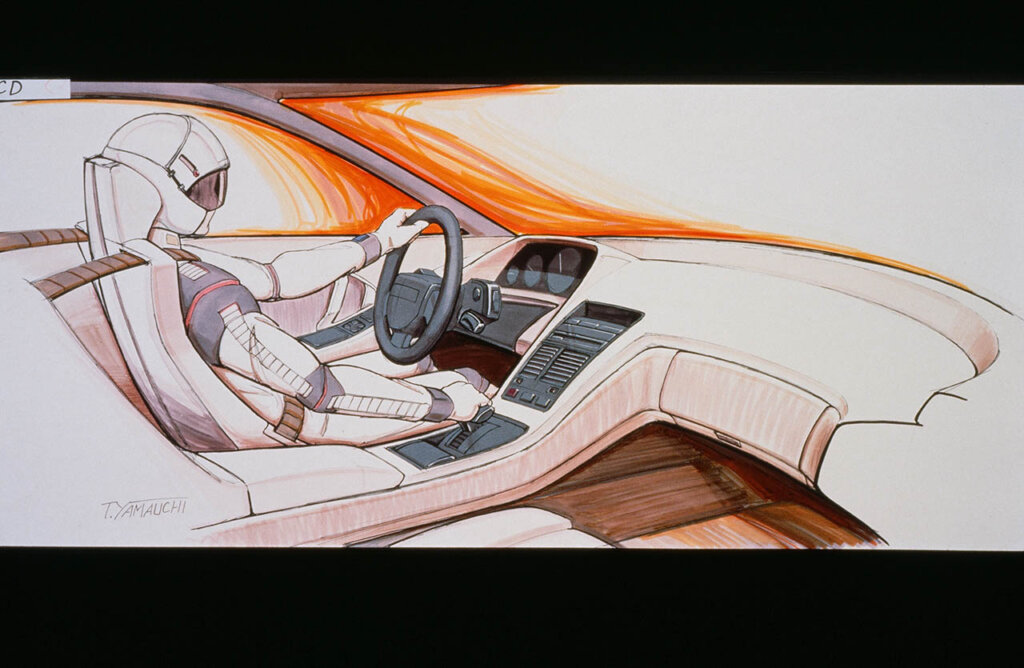
The Acura NSX’s exterior was a result of meticulous design and engineering led by Chief Designer Masahito Nakano and Executive Chief Engineer Shigeru Uehara. Drawing inspiration from the aerodynamics of an F-16 fighter jet cockpit, the NSX boasted a sleek and aggressive appearance. Notably, it received invaluable input from Formula One World Champion Ayrton Senna during its final stages of development.
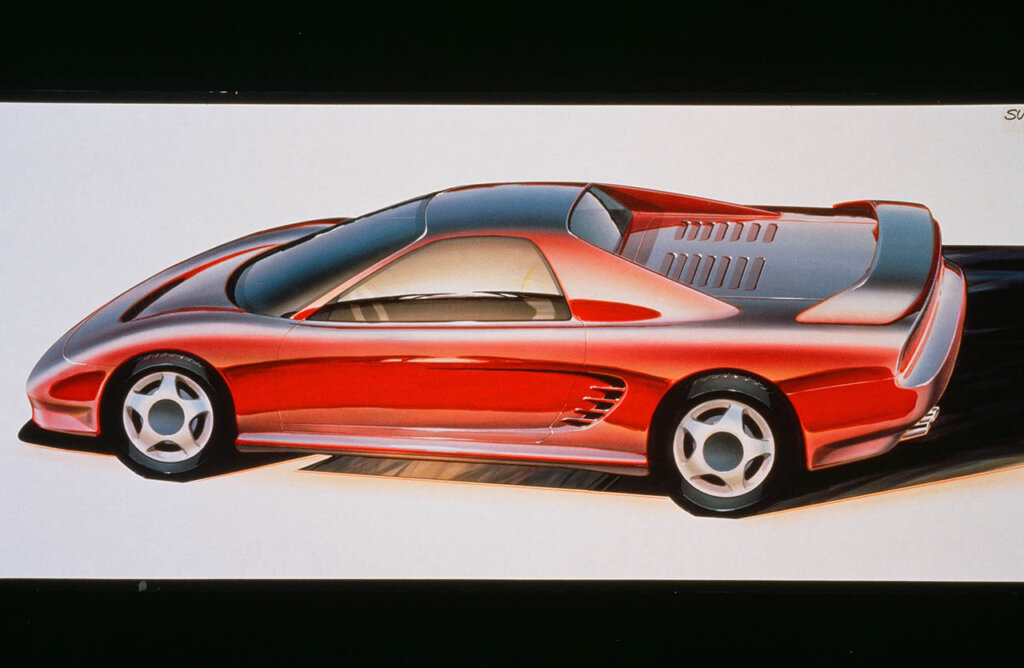
First Generation (NA1 / NA2, 1990-2005)
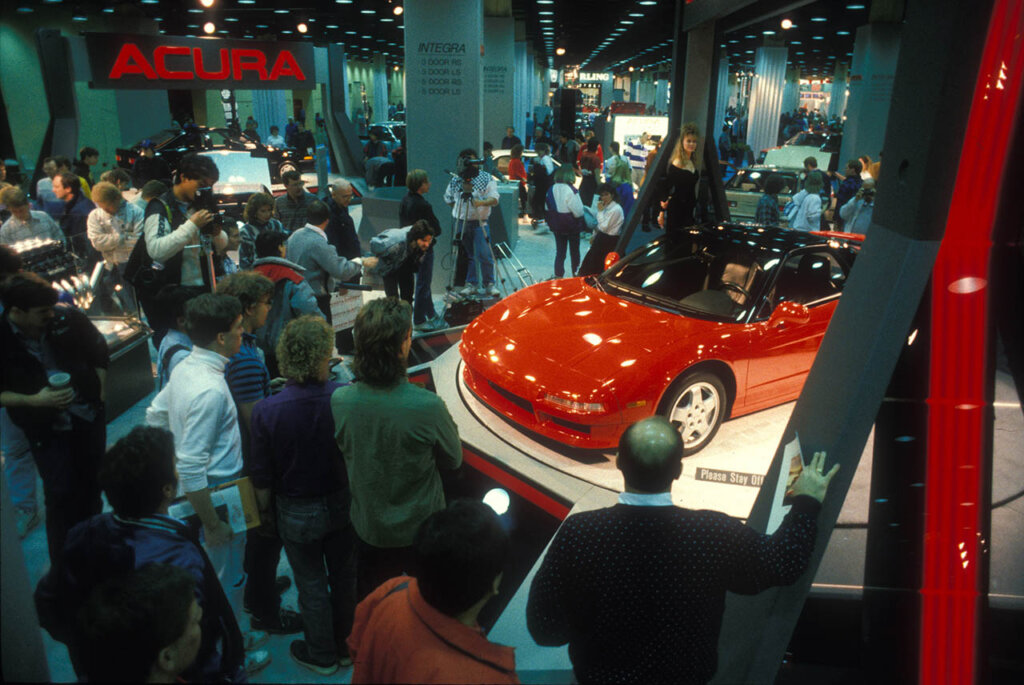
Source: Acura News
The Acura NSX made its public debut in 1989, wowing audiences at the Chicago Auto Show and later at the Tokyo Motor Show. Originally named NS-X, Honda decided to revise the name to NSX before production and sales began. In Japan, the NSX went on sale in 1990, becoming the flagship model in Honda’s Verno dealership sales channels and replacing the Prelude. It was introduced under Honda’s luxury brand, Acura, in North America and Hong Kong starting from November 1990.
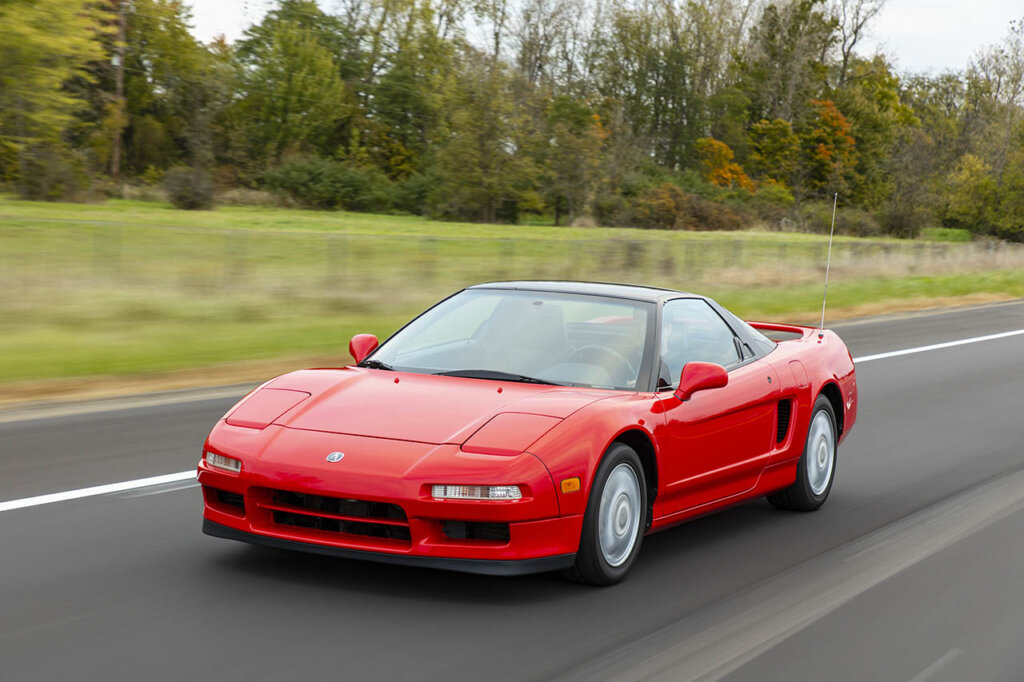
Source: Acura News
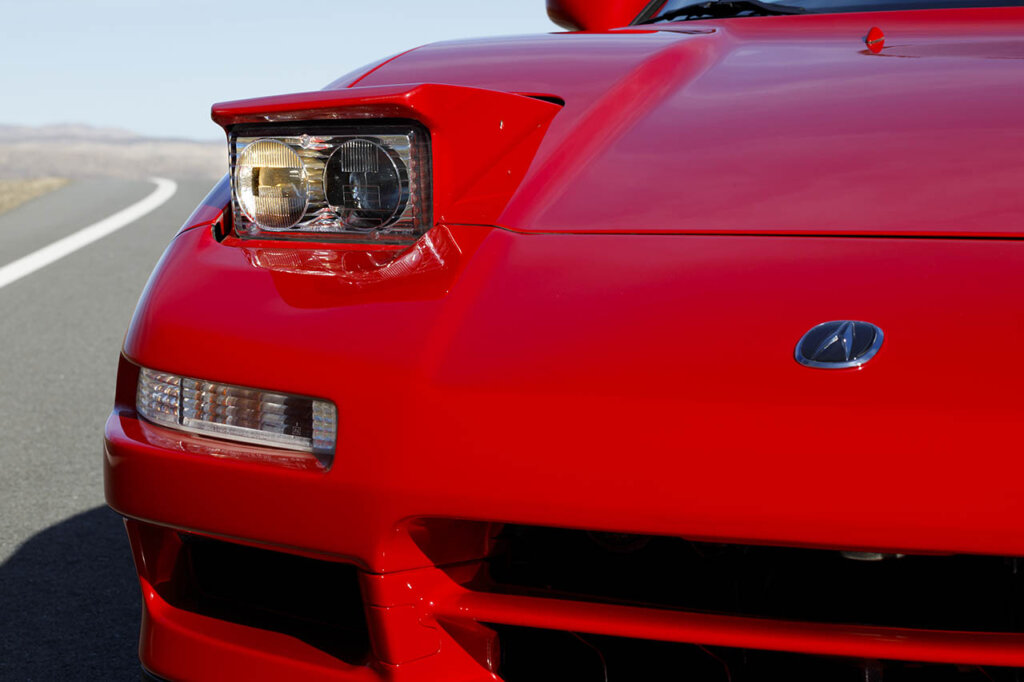
Source: Acura News
The NSX showcased Honda’s technological prowess with its design concept, featuring a low height of only 1,170 mm (46 inches). Its construction boasted an ultra-rigid and lightweight all-aluminum monocoque chassis, combined with front and rear double wishbone suspension and forged control arms connected to forged alloy wheels. The car also boasted pioneering features such as the world’s first production car engine with titanium connecting rods, forged pistons, and high-revving capabilities, reaching an impressive redline of 8,300 rpm. The NSX’s exterior received meticulous attention, undergoing a 23-step paint process that included special coatings to protect the aluminum bodywork and achieve a stunning finish.
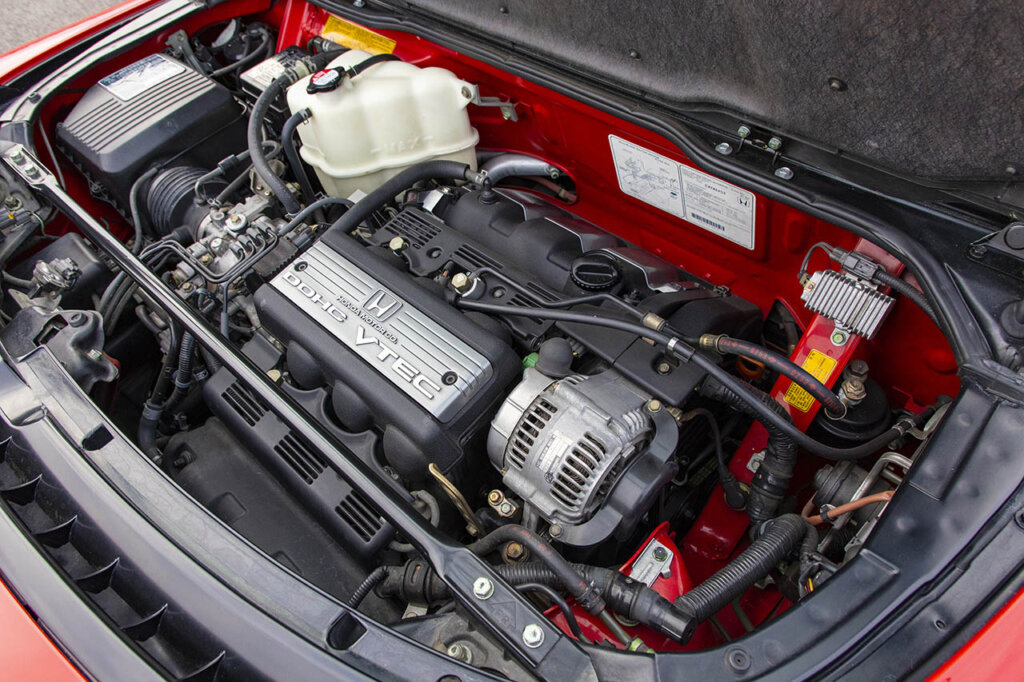
Source: Acura News
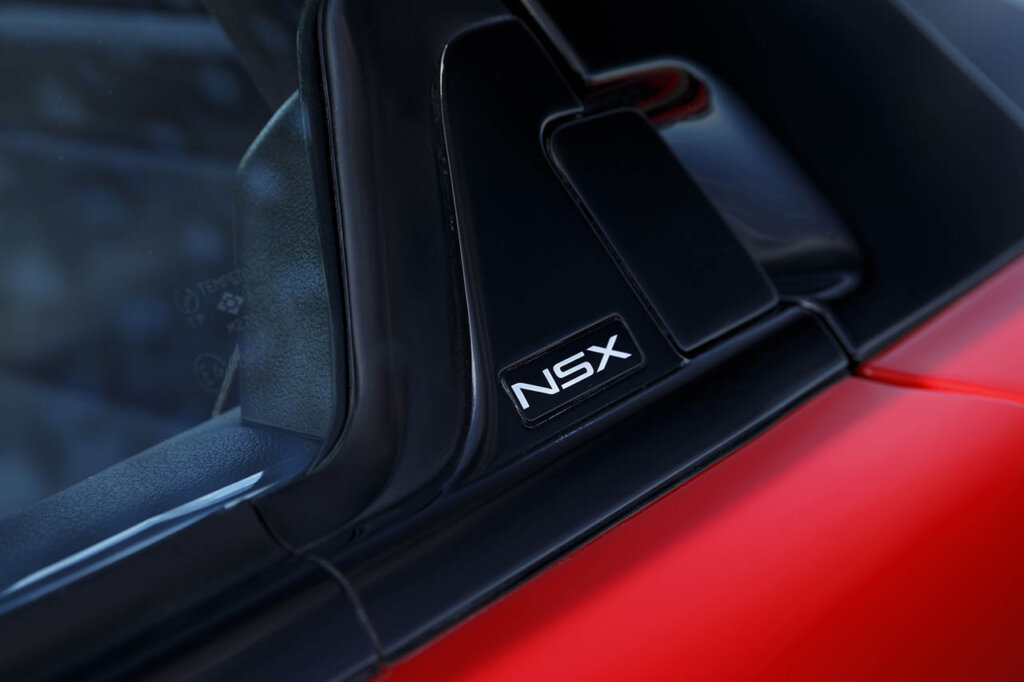
The NSX’s exceptional handling and cornering abilities were a result of input from Formula One driver Ayrton Senna. During the final stages of development, Senna provided valuable insights while testing the NSX prototype at Honda’s Suzuka Circuit. Production of the NSX initially took place at the Takanezawa R&D Plant in Tochigi until early 2004 when it was relocated to the Suzuka Plant. The assembly process involved a highly skilled team of approximately 200 hand-picked personnel with extensive experience, meticulously crafting each NSX.
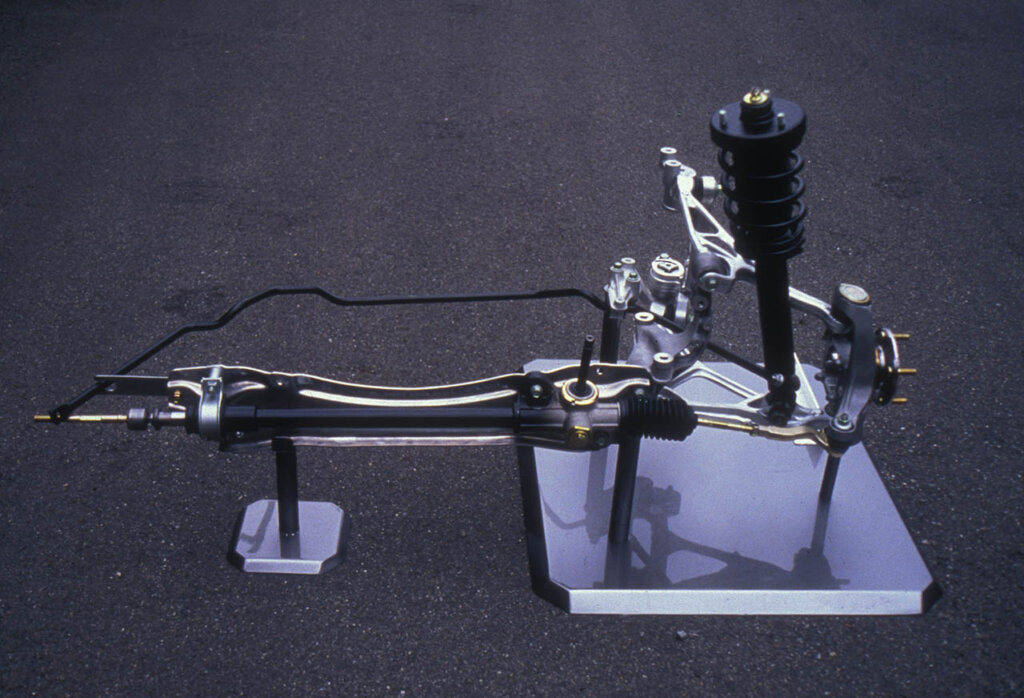
Source: Acura News
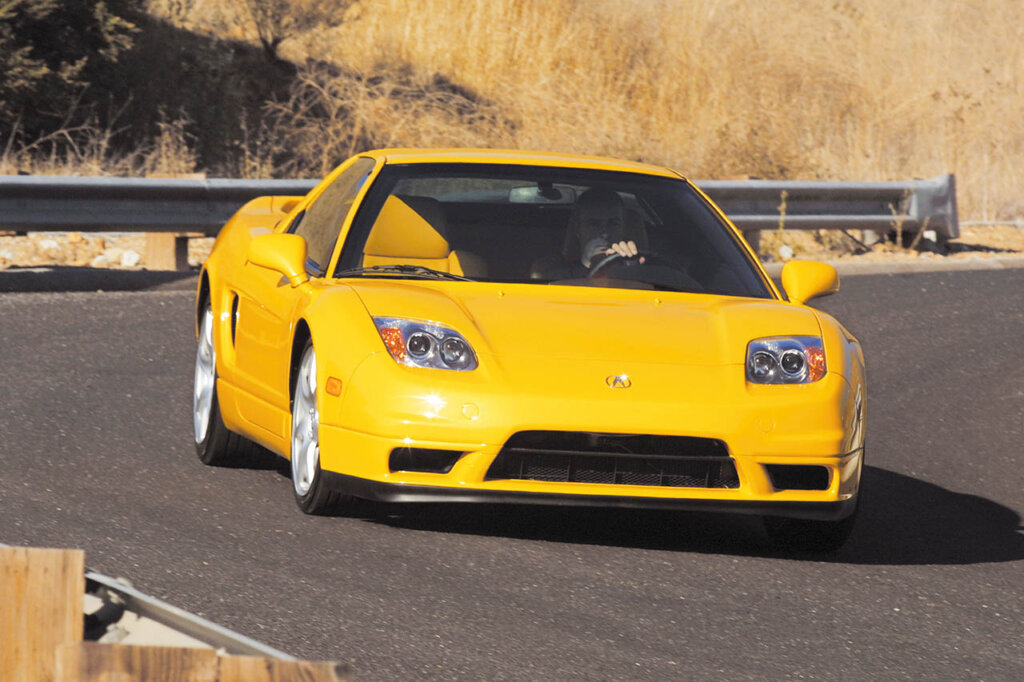

Source: Acura News
Over the years, the NSX underwent several evolutionary updates through numerous variants such as the NSX-R (1992), NSX-T (1995), and the 1997 Type S. These included an increase in engine displacement to 3.2 liters, enhanced aerodynamics, and refinements in suspension and braking systems. First gen NSX models received a facelift to keep the car more modern looking like its competitors. The original pop-up headlamps were replaced with HID headlamp units, along with slightly wider rear tires to complement a revised suspension.
The core philosophy of the NSX remained unchanged: to deliver an exhilarating driving experience while maintaining Honda’s renowned reliability.
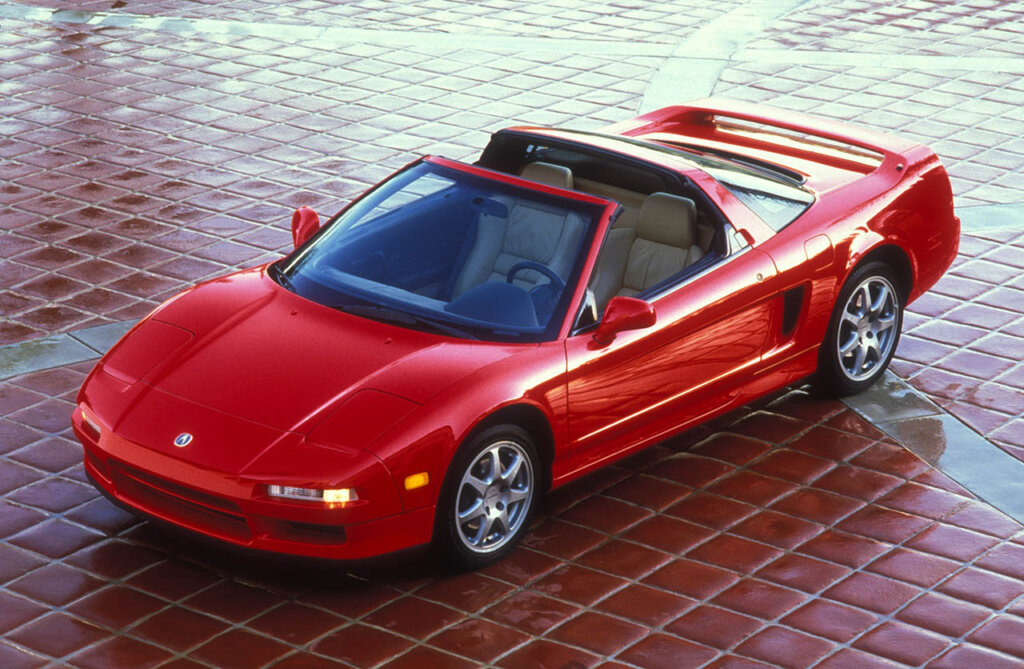
Source: Acura News
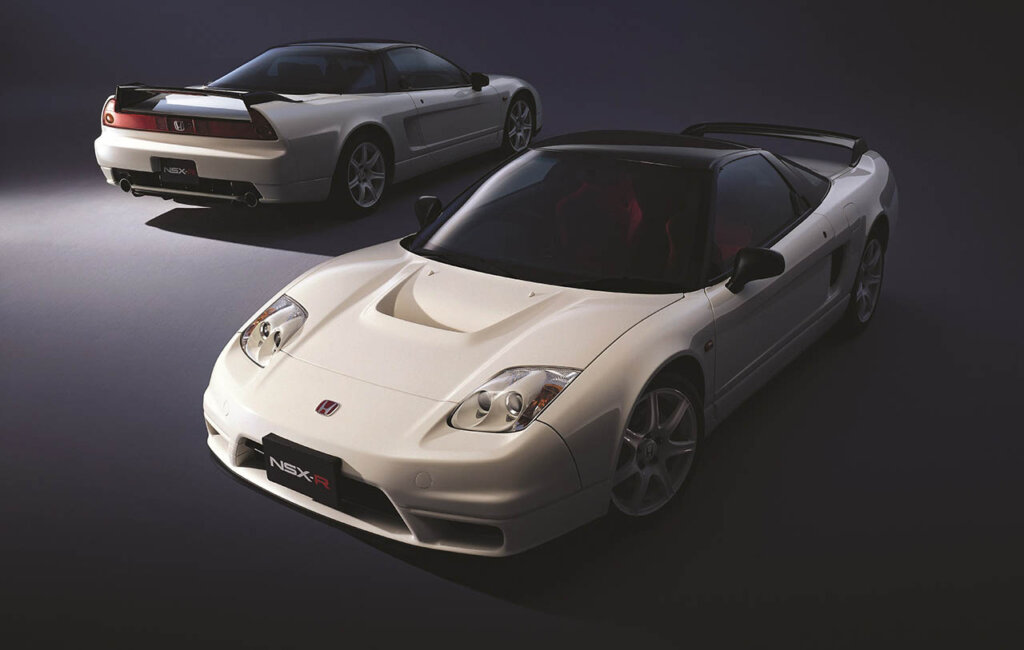
Source: Honda News

